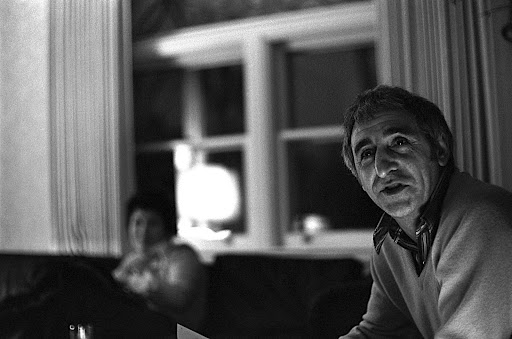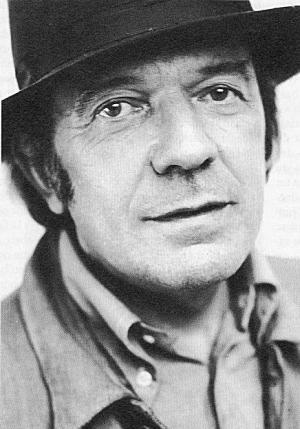So yesterday I was doing some research to find out if anything has been written on the intersection of Deleuzian studies & Finnegans Wake. (Turns out, not much!) Anyway, I came across this public dialog between Jean-Michel Rabaté and Gregg Lambert called “The Future of Theory?” from 2002, occasioned by the publication of Rabaté’s book The Future of Theory.
Among other things, it got me thinking about the relationship between theory and creative writing. Do contemporary creative writers read theory, think about theory, use theory in their creative work? If so, how?

As an added bonus, here’s the intro to their conversation:
Lambert: To begin with I want to recall a line from Difference and Repetition, which forecasts a style of philosophy for the future, regarding what Deleuze describes as “a bearded Mona Lisa and a clean shaven Marx.” This line returned to me, Jean-Michel, as I read your account in The Future of Theory, particularly regarding your description of what you call “an hysterical Hegel.” Now, I always thought Marx was the hysterical one in relationship with Hegel, but here you seem to be saying something different. In the book there is a very dominant thesis that that Theory constantly risks becoming a little bit hysterical, or that its discourse itself is, in some way, hystericizing. Can you talk a bit about your use of the term “hysterical” with regard to the discourse of theory?
You can listen to the whole conversation here.
















